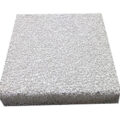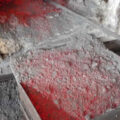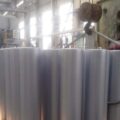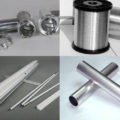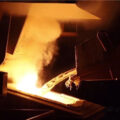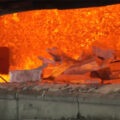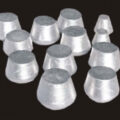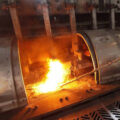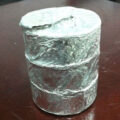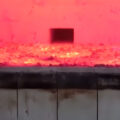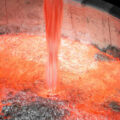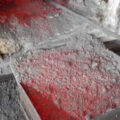Aluminum alloy castings refer to aluminum alloys that can be directly obtained by the metal casting process. The alloy element content of such alloys in aluminum alloy castings is generally more than that of corresponding deformed aluminum alloys. AdTech offers hot top casting series, tap out cone for Aluminum Alloy Casting.
Classification of Aluminum Alloy Castings
According to the different elements added to the cast aluminum alloy, aluminum alloy castings are divided into four categories, namely aluminum-silicon alloy, aluminum-copper alloy, aluminum-magnesium alloy and aluminum-zinc alloy.
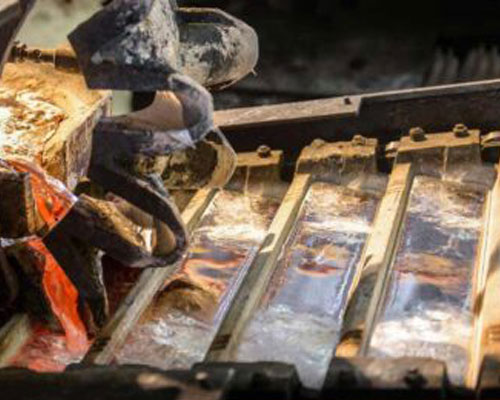
Al-Si Alloy
Aluminum silicon alloy, silicon content is 4% to 13%. The aluminum-silicon alloy has the best casting performance, minimal crack tendency, low shrinkage, good corrosion resistance and airtightness, and sufficient mechanical properties and welding performance. It is the alloy with the largest variety and the largest amount of cast aluminum alloy. Aluminum-silicon alloy with 0.2%~0.6% magnesium is widely used in structural parts, such as shell, cylinder, box, and frame. Aluminum-silicon alloys with appropriate amounts of copper and magnesium can improve the mechanical properties and heat resistance of the alloys. Such alloys are widely used in the manufacture of pistons and other components.
Aluminum-Copper Alloy
Aluminum-copper alloy is the earliest industrial cast aluminum alloy that has high strength and thermal stability, but poor castability and corrosion resistance. The alloy with 4.5% to 5.3% copper in aluminum-copper alloy has the best strengthening effect. Appropriate addition of manganese and titanium can significantly improve room temperature, high-temperature strength, and casting performance. It is mainly used to make sand castings that bear large dynamic and static loads and are not complicated in shape.
Aluminum-Magnesium Alloy
Aluminum-magnesium alloy, the smallest density (2.55g/cm3), the highest strength (about 355MPa) cast aluminum alloy, containing 12% magnesium, the best strengthening effect. The alloy has good corrosion resistance in the atmosphere and seawater, and has good comprehensive mechanical properties and machinability at room temperature. It can be used as parts of radar bases, aircraft engine casings, propellers, landing gears, etc., as well as decorative materials.
Aluminum Zinc Alloy
In order to improve the performance of aluminum-zinc alloys, silicon and magnesium are often added. This series of alloys has the characteristics of the quenched structure in the cast state, and high strength can be obtained without heat treatment, but the density of the alloy is large, which is not suitable for making aircraft parts. It is often used to make models, templates, and equipment brackets.


